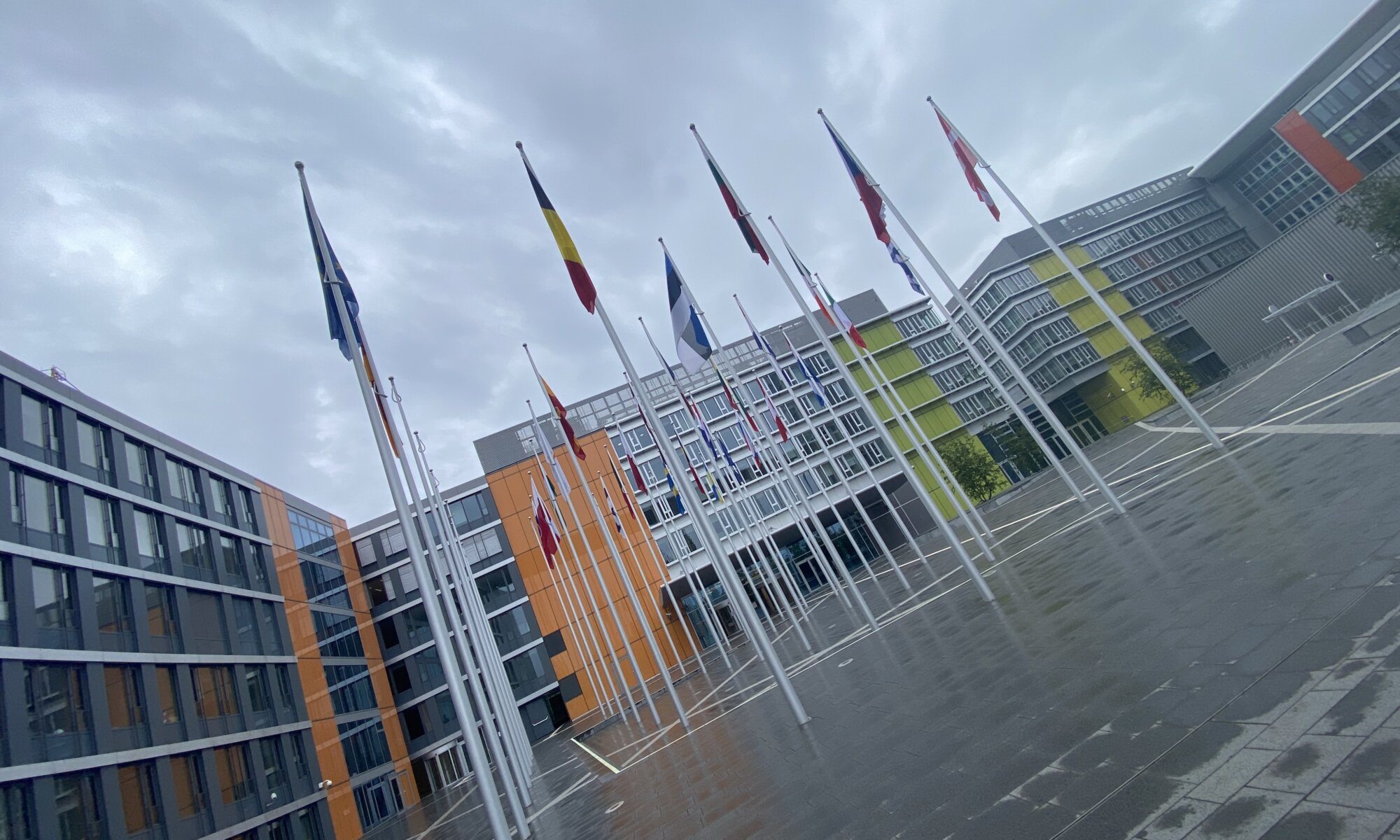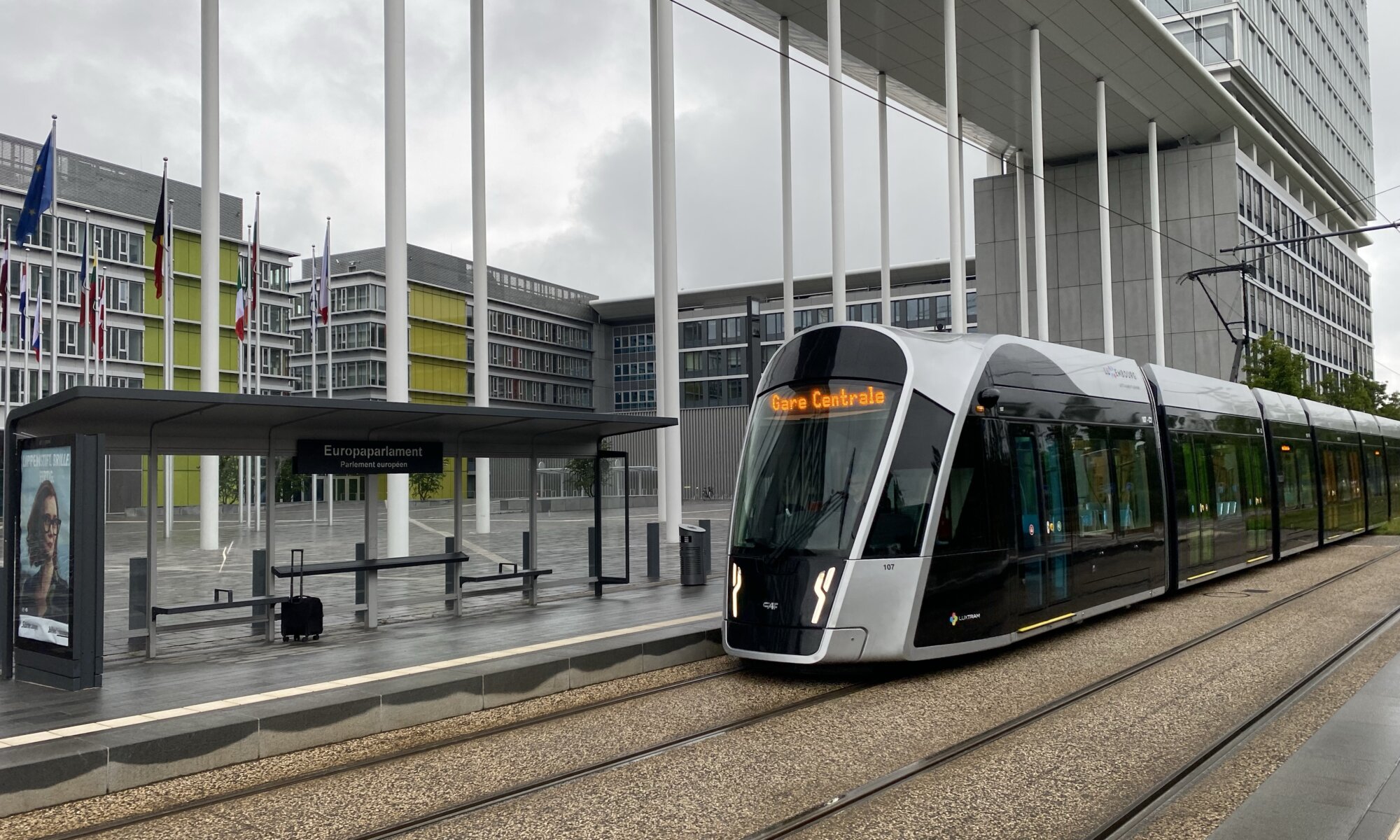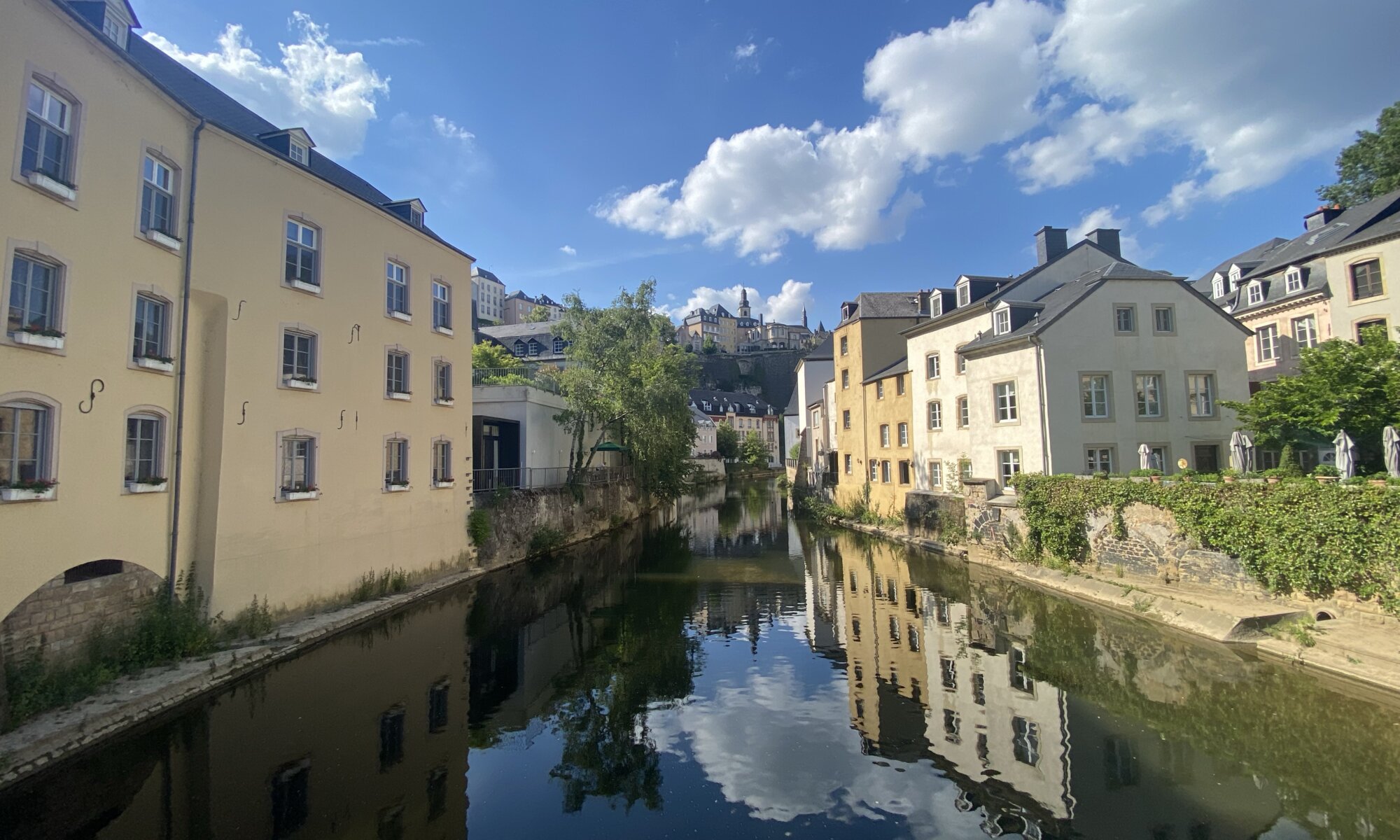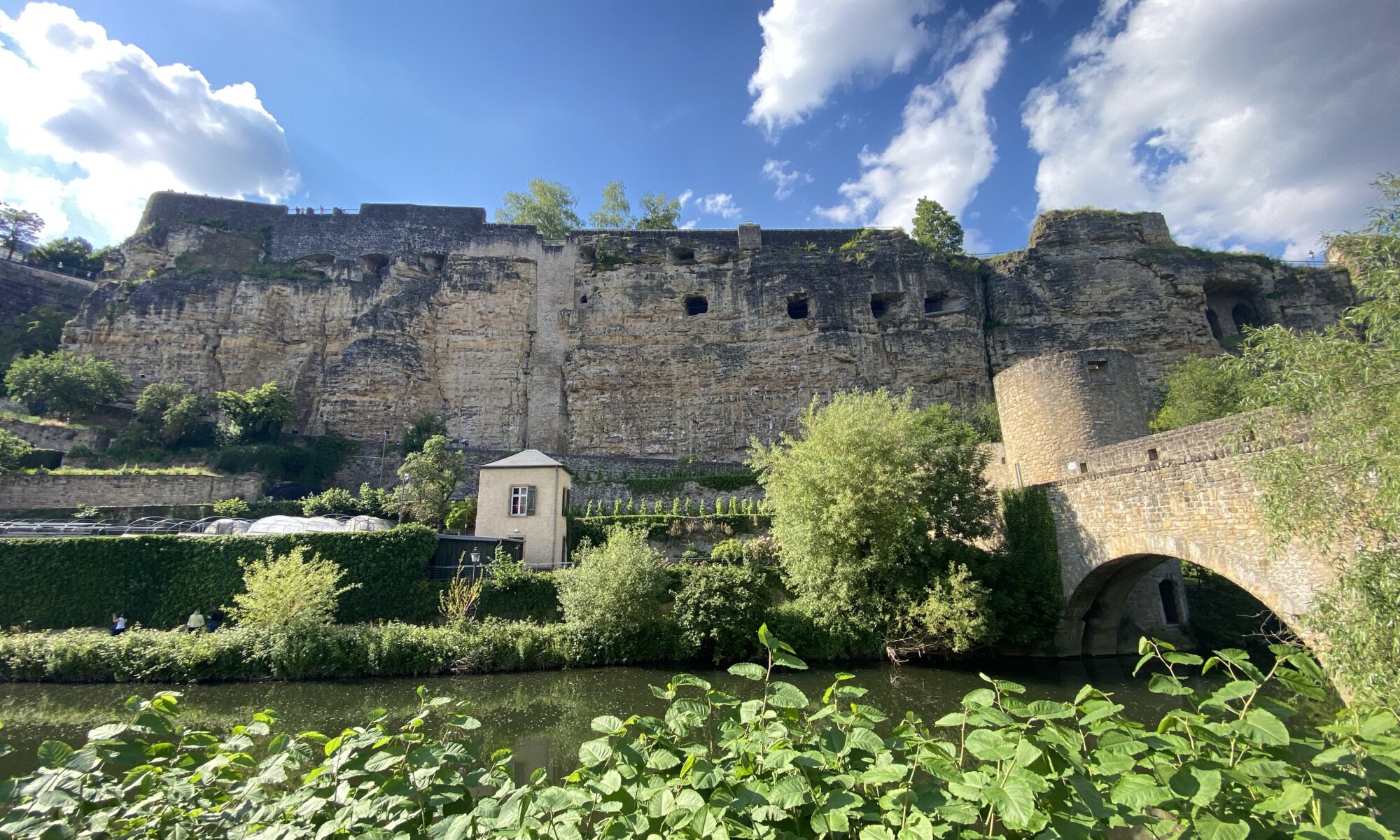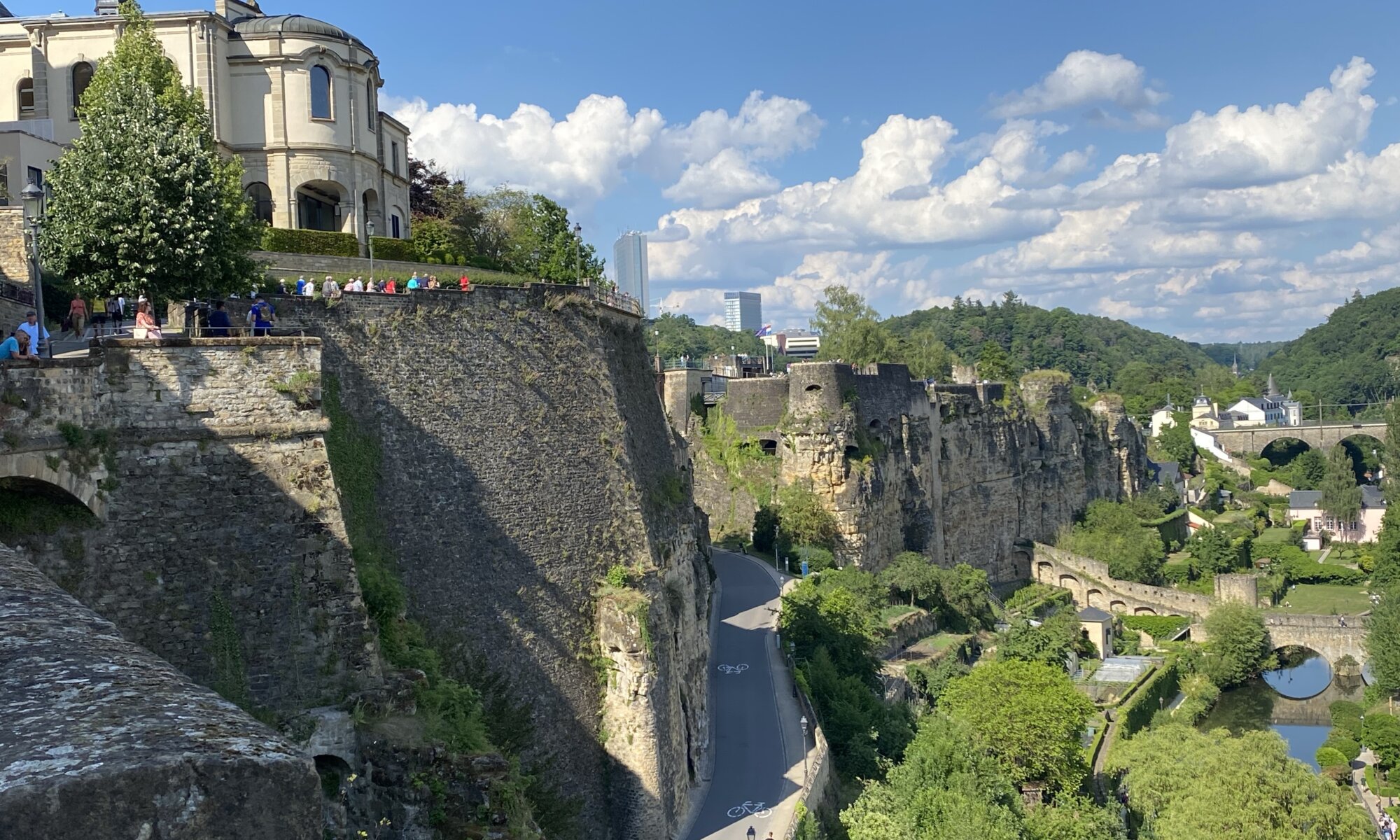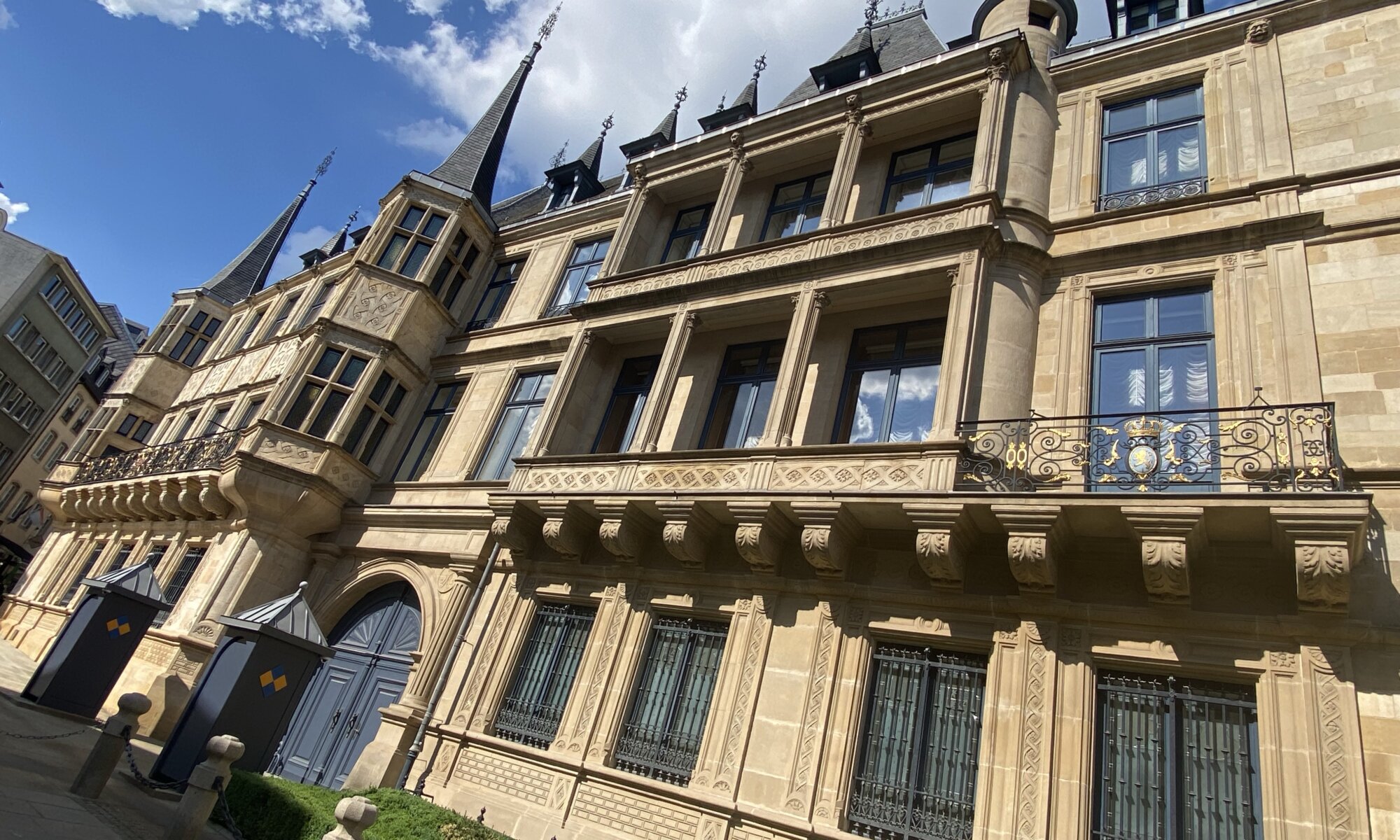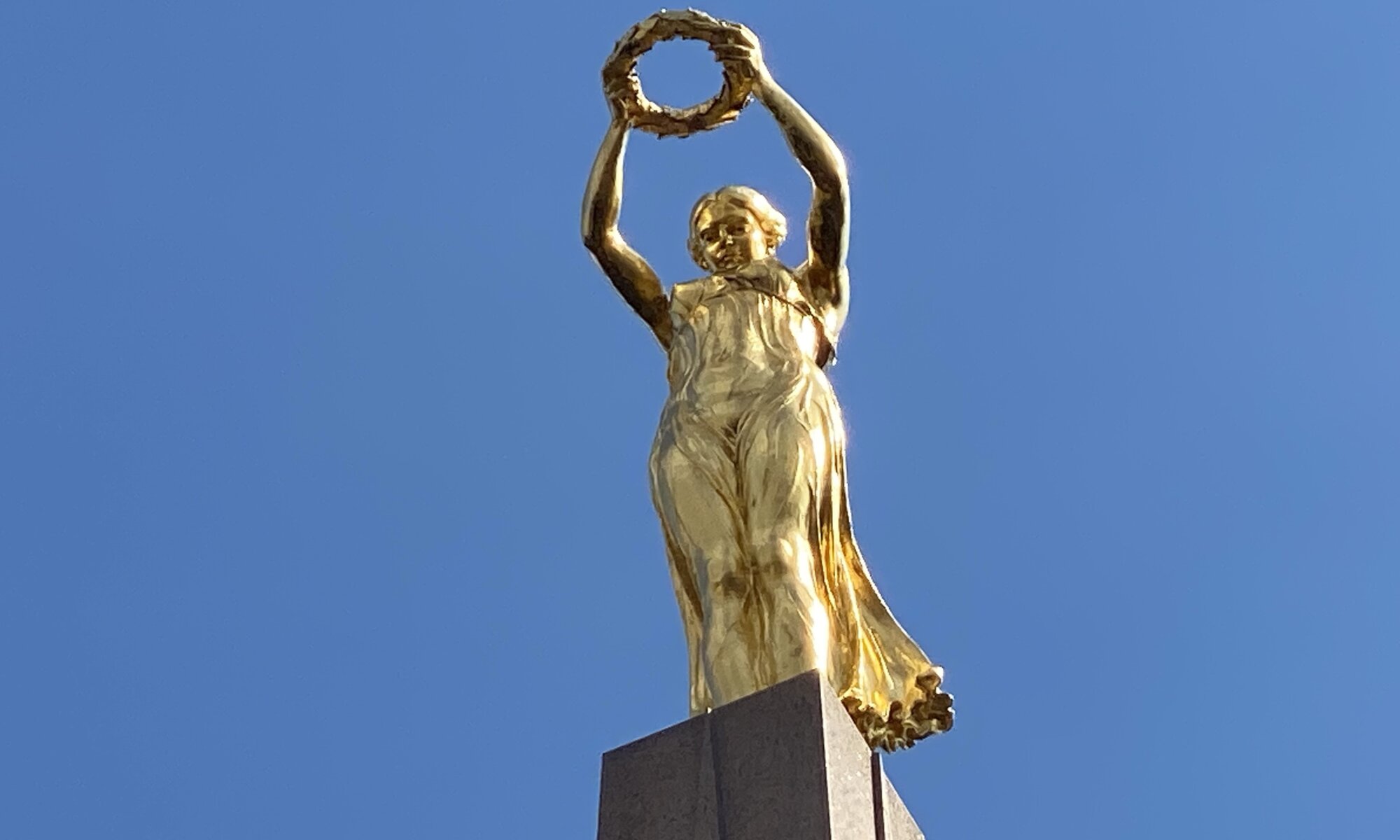Luxembourg is home to different European institutions: it is one of the seats of the European parliament, but also the court of justice, the court of auditors and the investment bank can be found there. These institutions are all located on the Kirchberg plateau northeast of the ancient city.
Continue reading “European quarter”Free shuttle
Luxembourg is a small country and if you want you can reach all interesting places in the capital city of Lëtzebuerg on foot. Nevertheless you’ll find one tramway line (from the main station to the exposition center, crossing the city center and the European quarter) and a good bus network. And best of all: it can be used completely free of charge.
Continue reading “Free shuttle”Panoramic lift
Yes, it is only an elevator. But one that can trigger your fears and can give you wonderful views on Pfaffenthal and Kirchberg belonging to Lëtzebuerg. Whether you want to explore the lower city and the former fortifications or if you want to cross on foot over to the European Quarter, the lift saves you from climbing up the hill to the Uewerstad. It looks futuristic, needs around 30 seconds for a trip and was opened in 2016.
Continue reading “Panoramic lift”Alzette
The Alzette is a 73 kilometers long river starting in France and running through Luxembourg. Later the water is delivered via river Sauer into the river Mosel. At Lëtzebuerg the Alzette passes through the city quarters Grund and Pfaffenthal as a vital vein of the city. Especially in Grund (underneath the casemates) the river is beautifully integrated into the city.
Continue reading “Alzette”Casemates
As a part of the fortification system of Lëtzebuerg caves and tunnels were created inside the mountains in which the city is located. The first of these Kasematten have been built from the 17th century on. The length of this tunnel system reached around 23 kilometers and within 1,200 soldiers once had been placed.
Continue reading “Casemates”Chemin de la Corniche
People call the Chemin de la Corniche the most beautiful balcony of Europe. In the 17th century French and Spanish forces created protective walls on the mountains above the Alzette valley. Today you’ll find a nice path on top of these former walls which gives you marvelous views on the river valley underneath and the city quarter Grund.
Continue reading “Chemin de la Corniche”Groussherzogleche Palais
It’s maybe the most representative building of Lëtzebuerg: the Palais Grand-Ducal (or Groussherzogleche Palais). Today you will mostly just pass by and admire the building, unless you’re a fan of monarchy. The palace is the official residence of the grand duke of Luxembourg and the place where official state guests are welcomed.
Continue reading “Groussherzogleche Palais”Notre Dame
The most important church of Lëtzebuerg is the Cathédrale Notre-Dame de Luxembourg directly next to the Hôtel de Ville in the city center. It dates back to the year 1613 and was built in late Gothic style. The crypt contains different European monarchs connected to Luxembourg.
Continue reading “Notre Dame”Gëlle Fra
On a terrace facing the valley of river Pétrusse, next to the city center of Lëtzebuerg, you’ll find a monument with a golden woman on top: the Gëlle Fra. It is a monument erected in 1923 to commemorate the people of Luxembourg who joined the Belgian and French armies during World War I. But it is much more. It symbolizes the independence of the small state of Luxembourg and has a high emotional value to the inhabitants.
Continue reading “Gëlle Fra”
